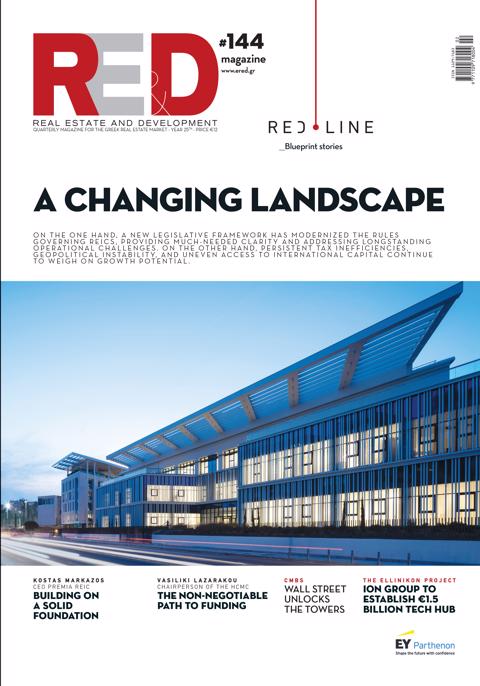As water usage for data center cooling becomes a critical environmental indicator, the issue is particularly pressing in regions already facing water scarcity. While energy efficiency in data centers has improved in recent years, responsible water management remains a major challenge requiring immediate attention.
The root of the problem lies in the operational requirements of data centers, which must maintain stable temperature conditions to ensure the smooth functioning of their servers. As a result, many facilities rely on cooling systems that consume large quantities of water—especially in warmer climates where external temperatures remain consistently high. With artificial intelligence driving demand for more powerful, continuously operating infrastructure, the water footprint of data centers is at risk of expanding—often with impacts that are not immediately visible.
To reduce dependence on water, many companies are adopting advanced technologies and practices such as:
-
Air-based cooling systems as an alternative to water, where climate conditions allow.
-
Hybrid cooling technologies that adapt to weather conditions to minimize resource use.
-
On-site water recycling to reduce freshwater consumption.
-
Site selection strategies that prioritize areas with adequate natural resources.
At the same time, companies are enhancing consumption monitoring and incorporating metrics such as Water Usage Effectiveness (WUE) into their sustainability reporting. This shift underscores the growing importance of water as a key component of ESG (Environmental, Social, and Governance) strategies for data center operators.
This heightened focus stems from increasing demands by both investors and regulatory bodies for a comprehensive accounting of environmental impact—beyond just energy use and CO₂ emissions. The use and management of natural resources, particularly water, are becoming decisive factors in ESG assessments. Companies that fail to adopt responsible practices risk not only exacerbating their environmental footprint but also losing investor confidence or facing operational challenges in regions under pressure from water resource constraints.
Source: GRESB















